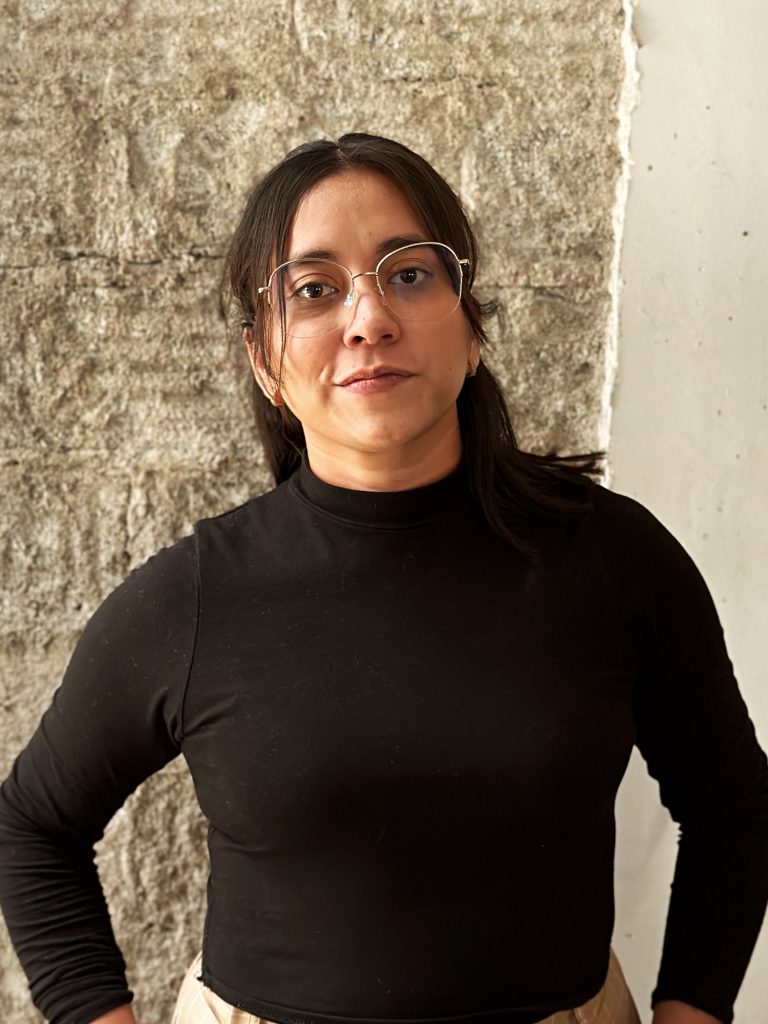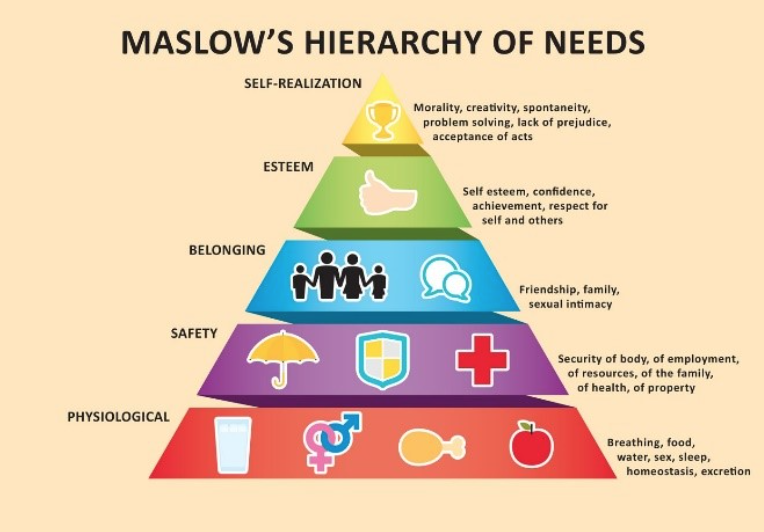

SOBRE EL AUTOR
María Itzhel Zambrano Alegría Technical Executive Project Leading Architect Jr.
“As humans, we grow and learn through life experiences that enable us to determine and find our purpose in the world. Architecture gives us the right to live multiple stories inside spaces and along the city. The truth is that we first are citizens before we are architects”
“A person can live a privileged experience of intense communication, a moment of happiness, which will last forever in the memory, even if it is short-lived, thanks to its emotional charge, this perfect moment of momentary ecstasy is key to the personal fulfillment of being human” – Abraham Maslow
This psychologist was motivated to carry out this theory thanks to the fact that he found an analysis by an anthropologist who analyzed the behavior of a tribe, where in the first scene the tribe was used to hunting, was organized and behaved in a friendly way to be, everyone seemed to live from a harmonious and accommodating way for each inhabiting living being, a fact that changed their satisfactory scene was the displacement of their territory, because in this one they did not obtain what in the other one, they had lost the tools to be able to feed themselves, therefore the people were losing their essence, they began to behave in a hostile way, and lost many social roles to which they were accustomed.

In 1943 Abraham Maslow presented in his work “a theory on human motivation“, the pyramid of Human needs, it is stated in this theory that there is a hierarchy of people’s needs, and when they go from the basic level upwards, They achieve a higher level of fulfillment in their passage through the world.
Satis-factors
The “Satis-factors“, satisfaction factors, try to cover all the user’s needs in their immediate context, these parameters are always in constant change because the context is evolutionary, the passage of time transforms the perspective of how we perceive the things and the meaning of each of them, it is important to understand that each of the experiences we live shapes our perspective of reality, and allows us to build a frame of reference that governs our way of conducting ourselves, our behavior and rules of survival, In other words, this theory provides us with the basis for the development of satisfaction and it is our duty to transform and create new “satisfi-factors” that can achieve better personal development.
The human being and well-being
Health is a state of complete physical, mental and social well-being, not only the absence of conditions or diseases, the enjoyment of the maximum degree of health that can be achieved is one of the fundamental rights of every human being without distinction.
In order for a human being to be able to make a decision or determine if he likes something, if it seems good or bad, if he is doing an activity and has to make decisions or memorize something, he has to analyze or make a conscious statement about what is happening. , evaluating all the possible scenes, making an initial journey from the neural process of synapses that occurs in the human being to the cognitive process of decision through experiences, in simpler words it allows us to remember everything that gives us pleasure in being human.
Our mental processes correspond to many decisions that we make throughout the day, cognitive processes are the mental operations that the brain performs to process information, through these operations, the brain works with the information that surrounds it, stores it and analyzes it to make the corresponding decisions.
Cafeína Design’s satisfaction indicator
For Cafeína Design, evaluating the state of satisfaction has become an important factor for the development of projects, our user tells us if the space inhabited had a positive or negative impact when used, the level of satisfaction is measured through factors that interfere with the cognitive development of the user.
The measurement diagram based on spatial, social and cognitive development will allow us to evaluate and qualify our design standards for an integral development between user and context.
It will measure quality to guide specific and evolutionary actions on what pleasure means to the user, thinking of the latter as the main driver in the space that is inhabited, exchanging both individual and collective contexts.
Induce societies with high standards of habitability, social phenomens with positive impacts, gradually changing the way in which we live, and to which we are accustomed.
Basic social spheres of satisfaction
Spatial: physical health that seeks to achieve spatial comfort in the user.
Emotional: Cognitive processes that achieve mental comfort to compromise a future between space and user.
Social: Interpersonal connections between the immediate context, creating spaces with added values.

Conclusion
We will have been satisfied when we can reflect on the user the quality we want, from waking up and feeling that you are getting up to a life you want and not a life you need, that daily activities are done for pleasure and not out of obligation, that Looking out the window feels as satisfying as sitting down to breathe fresh air in the countryside.
The emotional connection between the space and the user will depend on how happy it makes us, where we will decide if we will remain and transcend through our existence in this world.
Utopically, that selecting our spaces can be like choosing an ecstasy pill, which is chosen for pleasure, because it causes us happiness, increasing our doses of dopamine and serotonin naturally, that this feeling of pleasure can last by existing in these spaces, that they can be developed to the point that our users can evolve with them, that the spaces motivate us to want to develop ourselves.
Want to know more about this topic? Contact us
